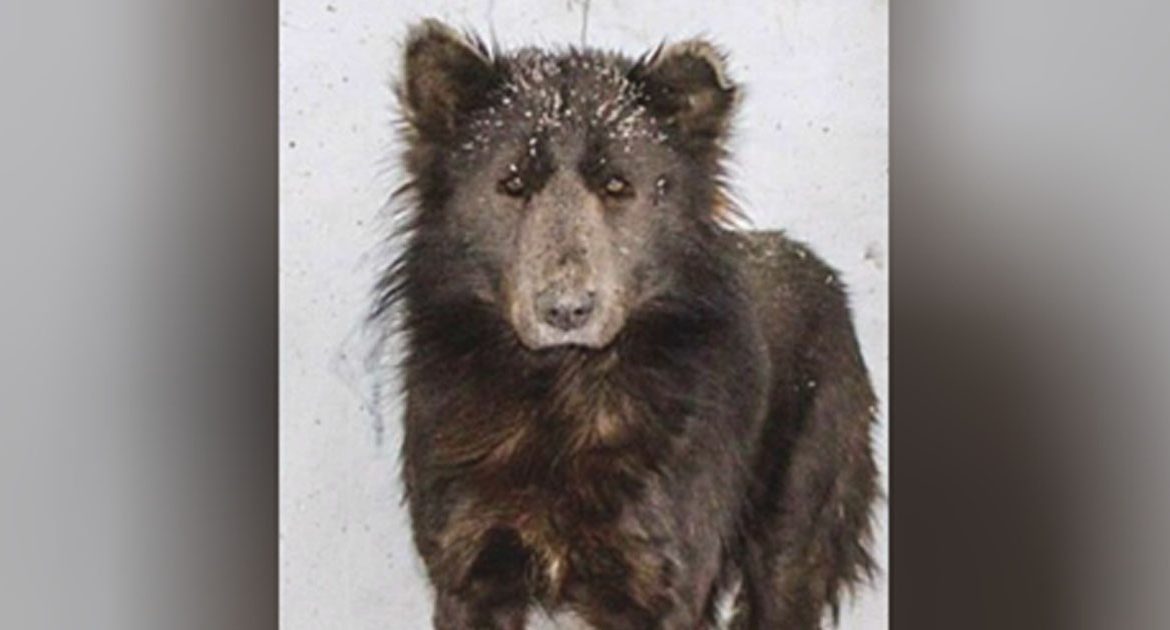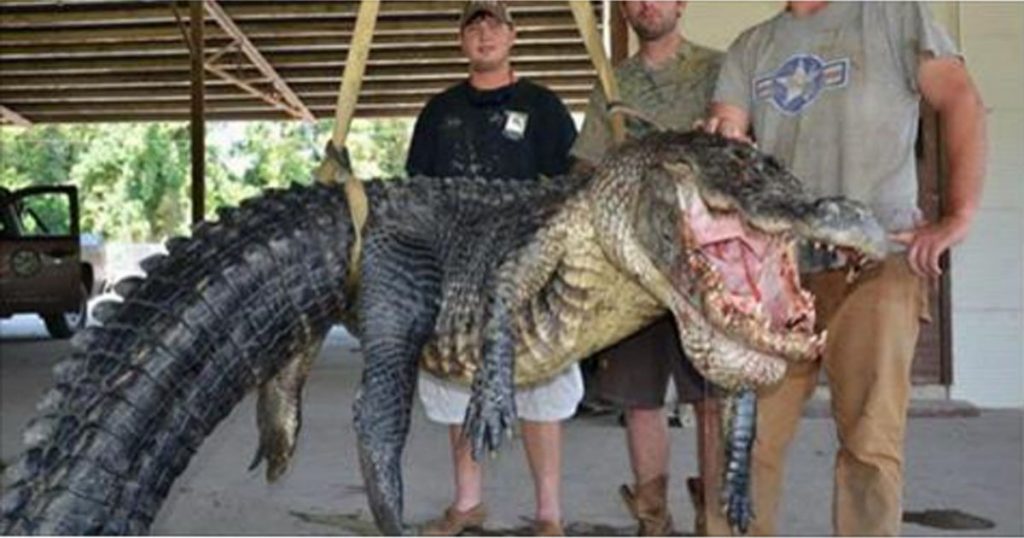It’s easy to fall in love with hybrid animals. They have pretty rare, one-of-a-kind features, after all. And hybrids like the “zorse” (zebra-horse) or “wolf-dog” (take a wild guess!) are often as cute as they are unique.
But it’s easy to forget the cruel practices that resulted in these hybrid species to begin with. For instance, the liger—a combination of two of nature’s most fearsome cats, the lion and the tiger—may have garnered interest all over the world, but it’s also raising some eyebrows for its unique birth defects.
Then there’s the hybrid that most recently turned up in Russia. The shelter that ended up caring for him was furious at the breeder who made him—and it’s for a very good reason!
If you’re interested in eye-popping, attention-grabbing animals, look no further than hybrids. While hybrid animals like this wolf-dog are a fascinating cross of two separate species, they also reveal a host of ethical problems.

Hybrid animals often capture the attention of animal lovers all over the world. This zebra-donkey hybrid—the aptly named zebroid—is a perfect example of how interesting hybrids can be. Yet recently, one stray hybrid that was scooped up by a Russian animal shelter has people furious—and for a good reason.

The staff at the Nash Dom Animal Shelter located in Chelyabinsk, Russia, had plenty of experience when it came to taking in stray dogs. Still, volunteers were shocked by the shelter’s newest resident, a young dog named Medvebaka. They’d never seen anything like him.
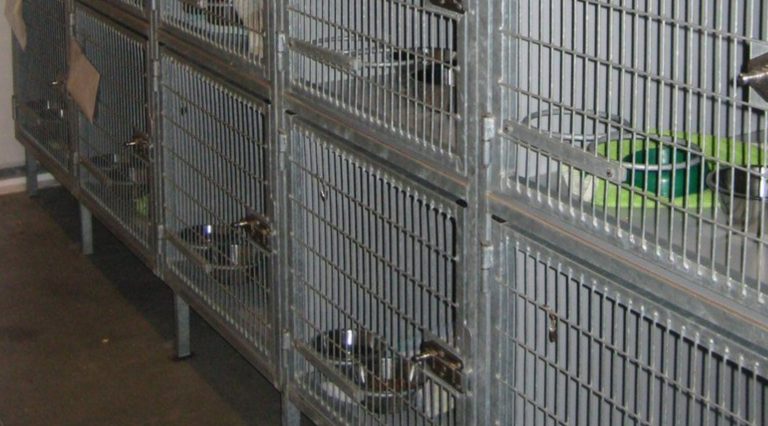
A combination of the Russian words for bear (medved) and dog (sobaka), Medvebaka was the perfect nickname for the world’s only “bear-dog.” He had the body of the dog, the snout of a bear, a distinctive blue tongue, and, unfortunately, a bleak background full of abuse that was all too common for hybrids.
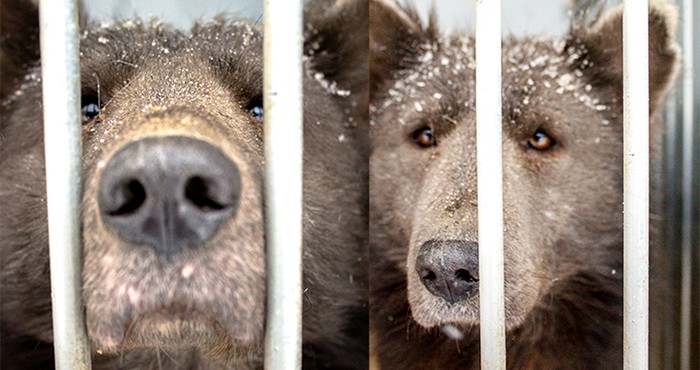
The shelter released photos of Medvebaka not for the benefit of curious hybrid fanatics, but rather, to find the breeder responsible. As a Siberian Times journalist wrote, he “was bred… to look great as a puppy with little thought about what would happen later.”
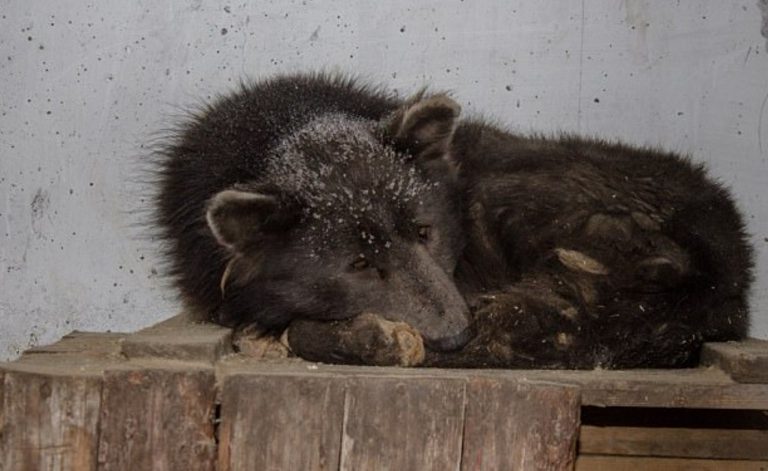
To create this “bear-dog” hybrid—who didn’t actually have any bear DNA—Russian breeders allegedly used a Chow Chow and some other sort of long-nosed stray. As animal shelter volunteer Polina Kefer put it, “This dog is a ‘badly-made’ Chow Chow.” While the four-year-old pooch might’ve looked cool to some, mentally, he was a mess.
You can see what kind of tampering must have gone into transforming this type of dog into a bear lookalike.
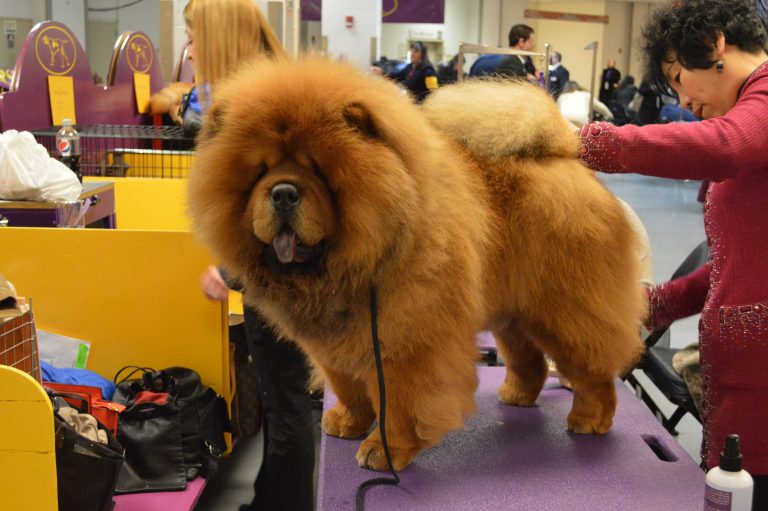
Unfortunately, all of this questionable breeding made Medvebaka uninterested in making friends with either man or beast. “Sadly the dog is so stressed it fights and bites back,” Polina told The Siberian Times. “We think it might take months to socialize him.” Still, some caring soul tried to adopt him…

Unsurprisingly, Medvebaka didn’t respond well to his new ownership. He didn’t like his leash, he didn’t try to make friends, and he just hid inside an indoor kennel, according to the shelter. Eventually, the adopter brought him back, unable to handle the bear-dog. Would Medvebaka ever find happiness?

Back at the shelter, volunteers tried to earn Medvebaka’s trust. “We tried our best foods on him,” one volunteer said, “but the dog is clearly so stressed that it might take weeks, if not months, to help him trust people again.” What could have happened in his past to make him so stressed?

Unfortunately for hybrid and specialty animals, this lack of trust isn’t uncommon. In fact, trust is often the least of a “specialty” animal’s concerns. There are a whole slew of other life-threatening issues that these specially bred animals face…

The liger, for instance, is a man-made hybrid species that’s a lot of fun to think about… until you realize just how cruel it is to actually create one of these beasts. In fact, their lives are full of complications that make breeding them ethically fraught.

Ligers typically grow to a size beyond the capabilities of their own organs; their hearts can’t pump the blood necessary for an animal so big. Meanwhile, other big cat hybrids rarely live to adulthood thanks to frequent birth defects.

Furthermore, you can never release a liger into the wild. “They are bred for lives in a cage,” Susan Bass, director of public relations for the cat sanctuary Big Cat Rescue, told Slate. “They’re never going to be released into the wild. There is no wild for these cats.” Those aren’t all of the problems, either…

When a lioness or tigress gives birth to a liger, she’s put under a tremendous amount of stress, as baby ligers weigh far more than any tiger or lion would. So again, why put an animal through stress or pain?

Why do breeders make hybrid species? Well, typically, it’s all for money and entertainment. After all, they fetch a pretty penny on the black market from people looking for a unique pet to show off. Even worse? Big cats like ligers and strange dogs like Medvebaka aren’t the only hybrid money-makers…

In Middle Eastern countries, it isn’t about bear-dogs or caged carnival cats. It’s about camels. Dubai’s Camel Reproduction Centre is in the business of making camas: camel-llama hybrids that don’t seem entirely necessary.

Camas are bigger than llamas but smaller than camels. They don’t have a back hump, but they do have the long-haired coat of a llama. This sort of unnecessary breeding happens all over the world.

While humans are often involved, hybrids aren’t only created via human intervention. “Natural hybridization it is not bad at all,” said Yoamel Milián-García, biologist at the University of Havana. “It’s part of the evolutionary process.” In 2015, for instance, Yoamel studied 227 Cuban crocodiles, and almost half of them were hybrids with American crocodiles.

As PBS wrote, this hybridization was a “response to pressure imposed by humans.” In other words, a threatened species was attempting to save itself through hybridization. But as for bear-dogs, ligers, camas, and many other hybrid creatures, the situation is far less necessary.

Polina Kefer, the Russian shelter volunteer, summed up the plight these animals face to The Siberian Times: “Remember those pet markets, where irresponsible breeders sell dogs pretending they are pure breed. Once puppies grow into something like this dog, they throw them out like a broken toy.” Like a liger, this bear-dog is fascinating to look at—but at what cost?
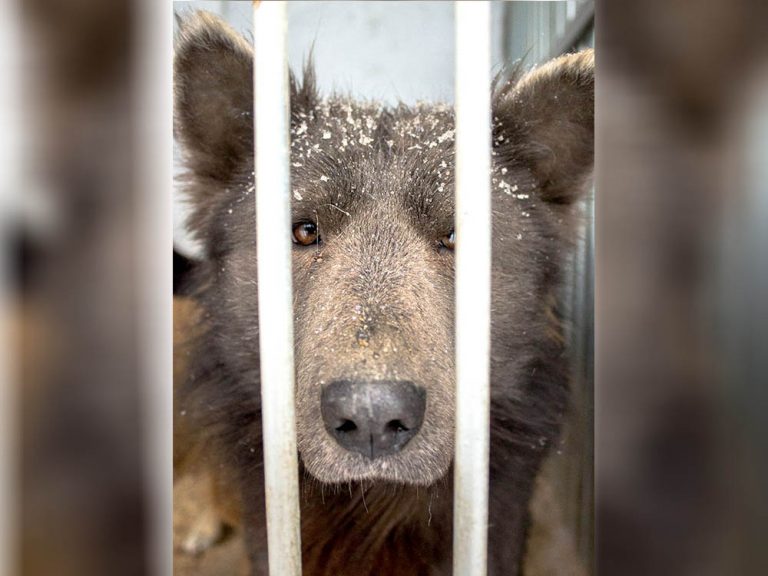
The bear-dog is an impressive specimen, but it’s a shame that the breeding process and past abuse might have made him so temperamental. Clearly, it’s important to consider these things when spending your money on a new pet.
Liked Video the truth behind hybrid animals with your friends.
